INFOS & SERVICE
OUR OTHER WEBSITES
Arrival in Shanghai
Welcome to China
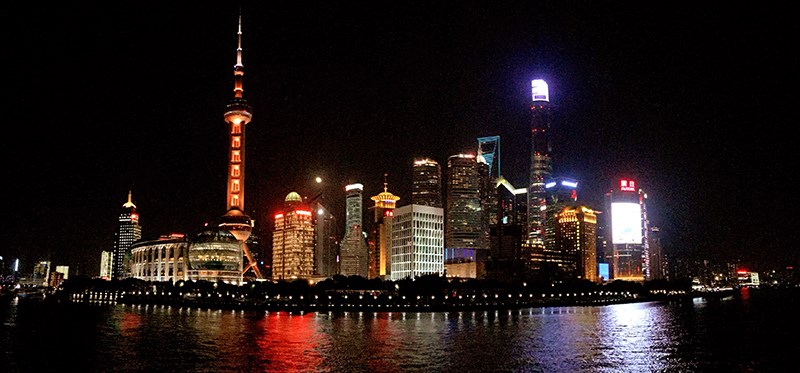
Air Shanghai – Yichang
Shanghai, world metropolis. Yu Garden (Yu Yuan), the Bund
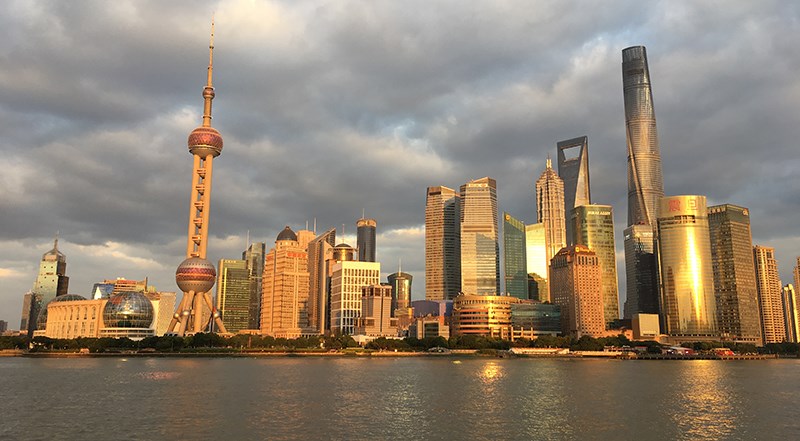
Yangtze River Cruise
Visit the massive Three Gorges Dam Project

Yangtze River Cruise
Boating on Shennong Stream, Wu Gorge, Qutang Gorge

Yangtze River Cruise
"Ghost City" Fengdu, Shibao Village

Chongqing
Huangjueping Graffiti Street, Liziba Light Rail Station, Hongya Cave
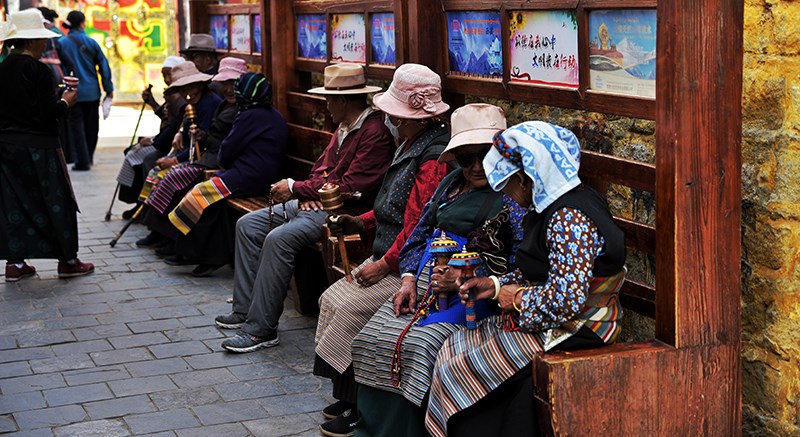
Chongqing – Lhasa
Fly to Lhasa
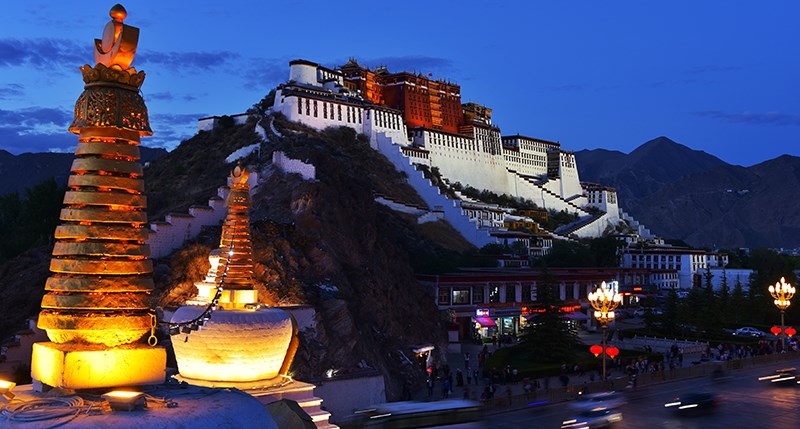
Lhasa
Potala Palace – landmark of Lhasa, Jokhang and Barkhor Street
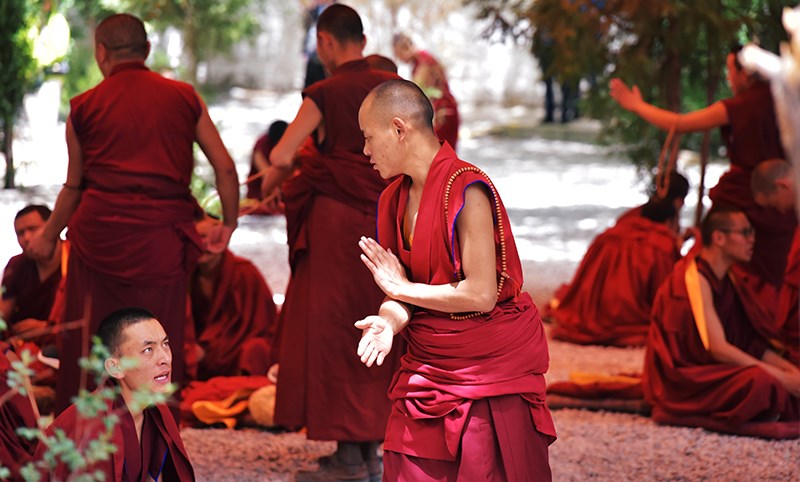
Lhasa
Panoramic view over Potala, Norbulingka, Debate in Sera
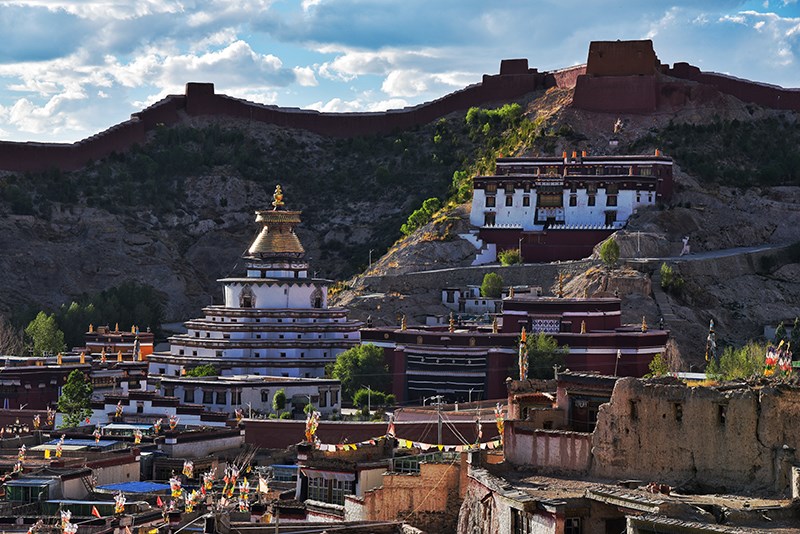
Train Lhasa - Xian
Train ride on the Qinghai-Tibet Plateau and through the human-less areas
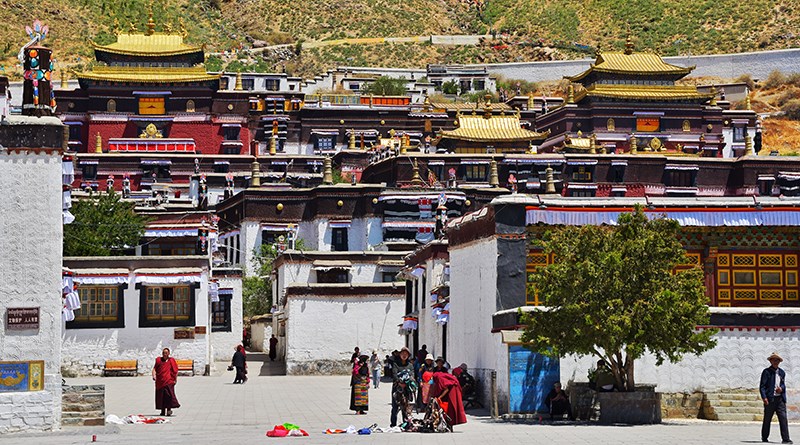
On the train
Arrival in the historic imperial city Xian
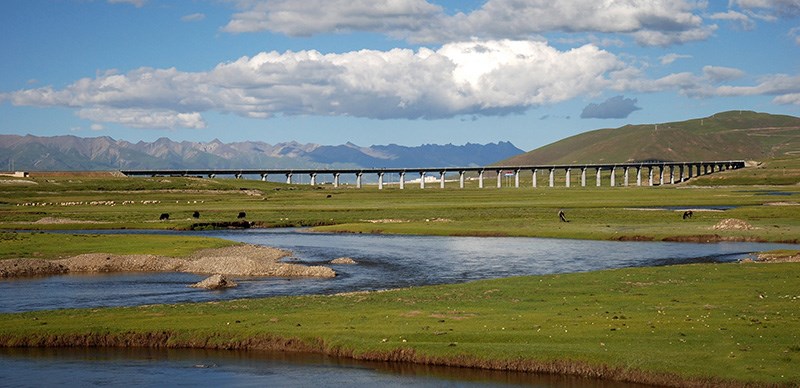
Xian
The Eighth Wonder - Terracotta Army, Grand Wild-Goose Pagoda, the best-preserved Chinese city wall
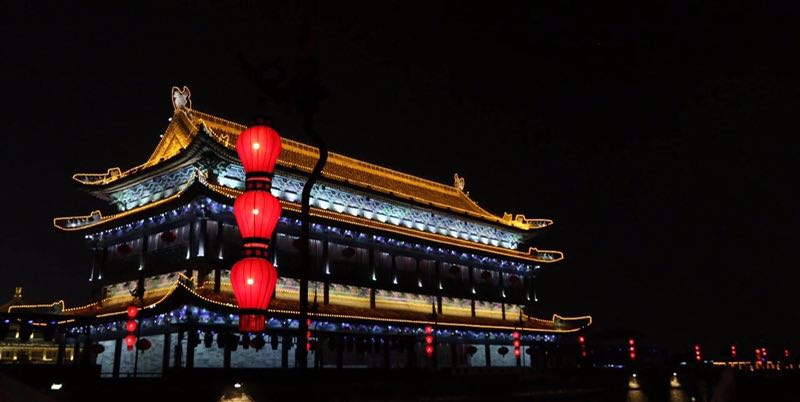
High-speed train Xian - Beijing
High-speed train to capital Beijing. Temple of Heaven
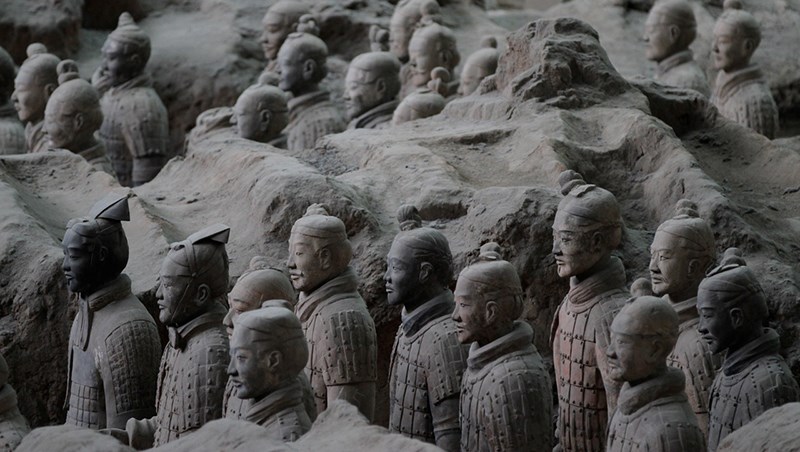
Beijing
Forbidden City, Tiananmen Square, from Jingshan Park great view of the Forbidden City, Summer Palace
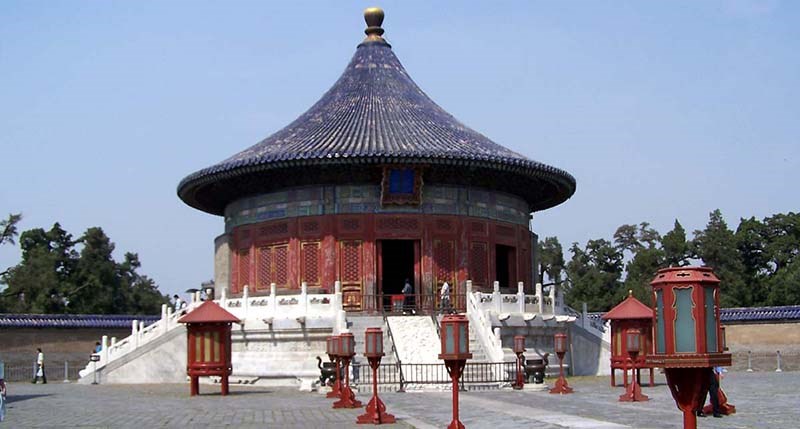
Beijing
Hiking and sightseeing on the Great Wall at Mutianyu
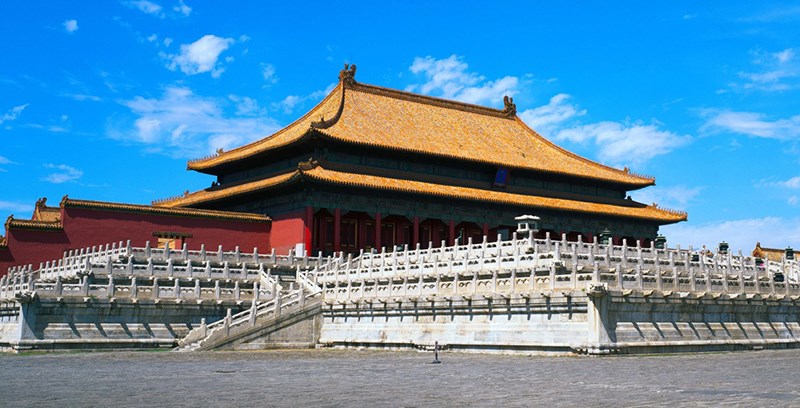
Flight Beijing - Home
Leave China for home
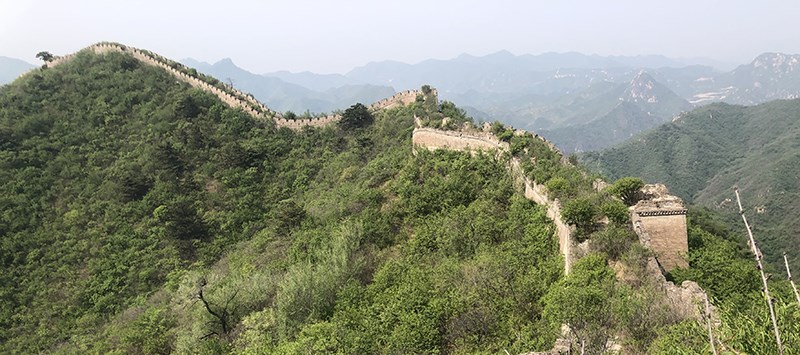
Private travel, great experiences! Please contact us for your tailor-made travel offer.
With individual China Tibet travel, you can decide when, where and how you go on tour by yourself. What's more, you can choose the length of travel and whom you go with.